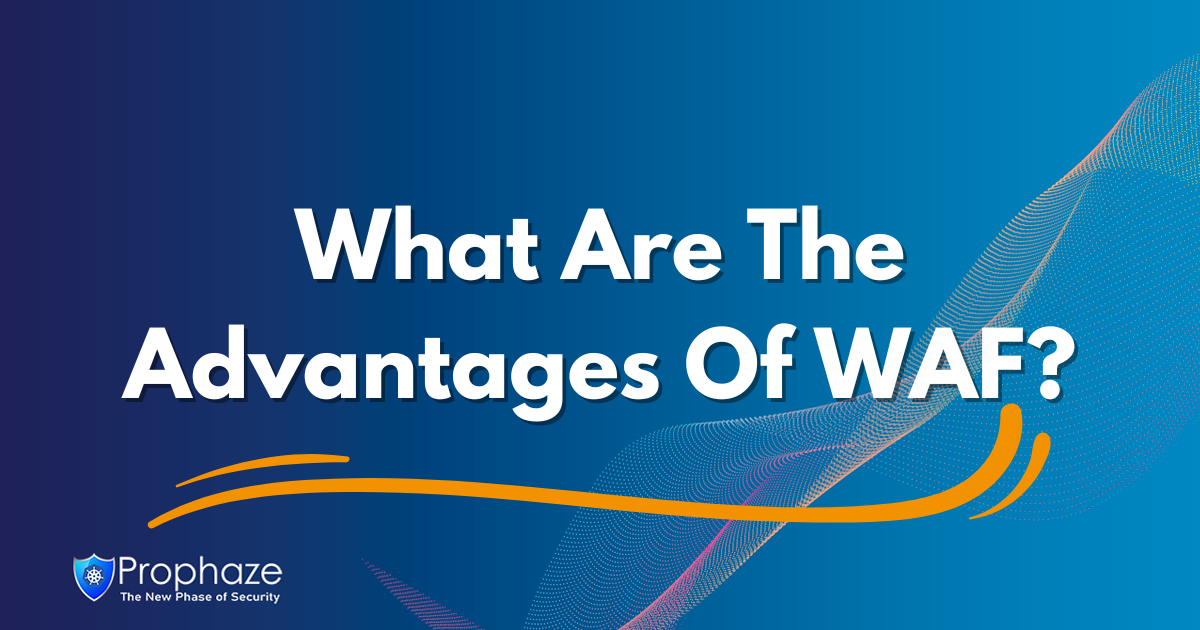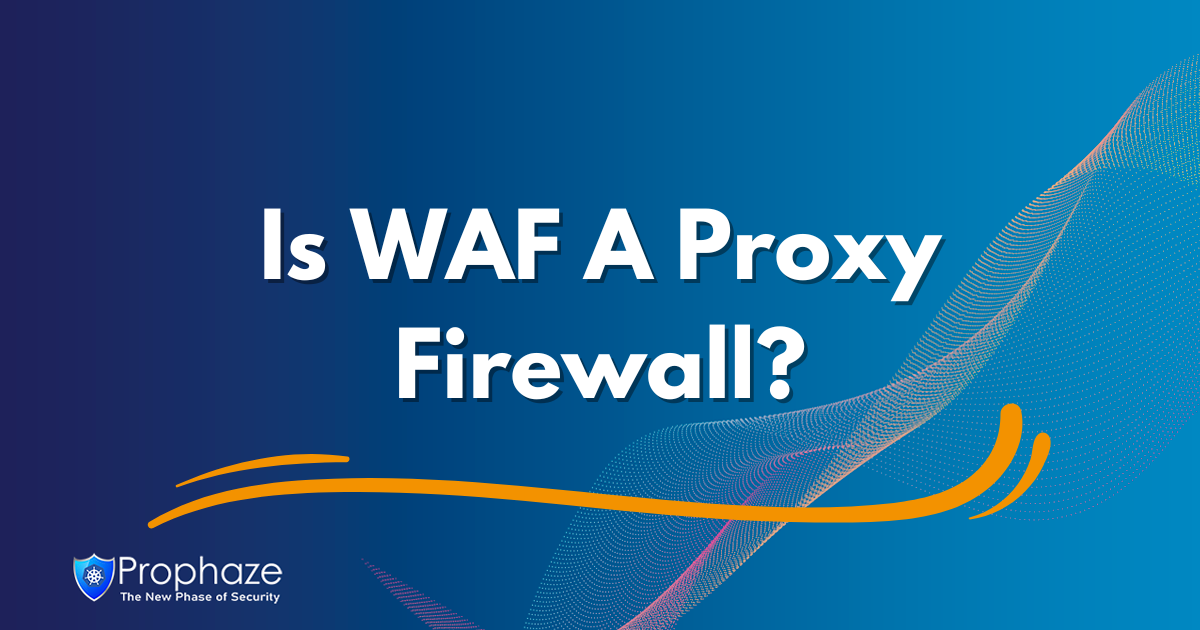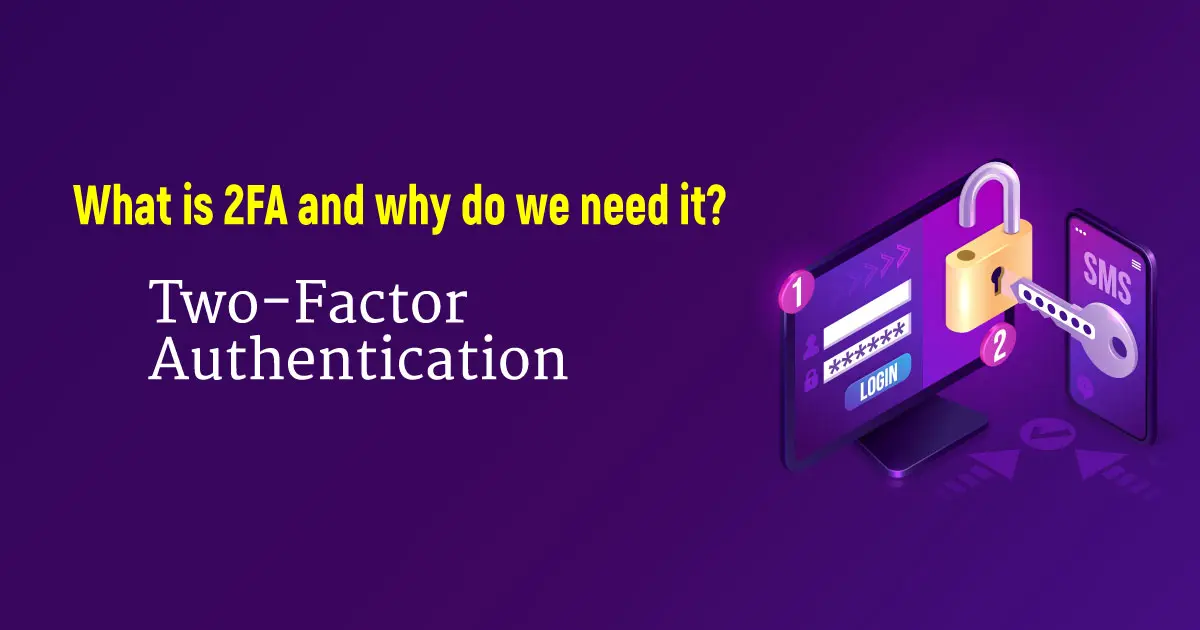The Importance of Web Application Firewalls (WAFs) in Safeguarding Online Presence
In today’s connected world, web applications allow smooth transactions and communication while facilitating the transfer of information. But with the growing use of web applications comes an increased risk of cyberattacks. For these purposes, web application firewalls (WAFs) are indispensable, and by discussing the significance of WAFs, this blog intends to educate readers.
Safeguarding Against Application Layer Attacks:
Web applications’ susceptibility to multiple types of attacks, including cross-site scripting (XSS), SQL injection, and remote file inclusion, and targeting the application layer makes these attacks particularly destructive with data breaches or unauthorized access that can lead to service interruption. A WAF functions like a defensive wall by examining incoming web traffic for known attack signatures to block it from accessing applications.
Mitigating Known and Unknown Vulnerabilities:
All software has potential security risks that can lead to vulnerabilities, and websites developed with due diligence may still contain concealed security flaws prone to exploitation by hackers. A WAF is crucial for mitigating these vulnerabilities because of its proactive approach and ability to continuously monitor internet traffic for malicious activity based on predetermined rules.
Real-time Threat Detection and Prevention:
Cybercriminals are employing advanced tactics that require enhanced protective measures, so the cutting-edge detection systems of WAFs enable them to identify and stop malicious traffic in real time. Utilizing sophisticated machine learning algorithms, WAFs can recognize abnormal behavior in potential cyberattacks. Implementing such measures ensures swift and effective responses to protect your web application from various dangers.
Defense Against Zero-Day Attacks:
Protecting against zero-day attacks can be very challenging because they leverage vulnerabilities in software that are not yet known to either vendor by providing an additional layer of defense mechanisms against zero-day threats. By examining incoming traffic for every unusual sign or activity, WAFs can easily detect and prevent each zero-day vulnerability.
Data Loss Prevention (DLP):
A comprehensive set of data loss prevention protocols must be implemented to protect sensitive user information, such as financial and intellectual property records and personal data stored in a web application. One can rely on a WAF that tracks such activities to stop unauthorized exfiltration of sensitive information and enforce DLP policies on outbound traffic.
Regulatory Compliance:
Many organizations must adhere to industry-specific security regulations and requirements to implement a WAF. It is an essential step towards meeting compliance standards as it enables the installation of required security controls for your web application.
Conclusion
A WAF must be included as a crucial component of any web application security strategy. It consists of several measures intended to secure the application layer by identifying potential weaknesses that would then be addressed through mitigation safeguards, by providing several security features designed specifically to prevent or detect threats like zero-day attacks, and by enforcing crucial Data Loss Prevention (DLP) protocols required to meet regulatory requirements. With a WAF in place, organizations can strengthen the security of their web applications and shield user data from potential cyberattacks.









